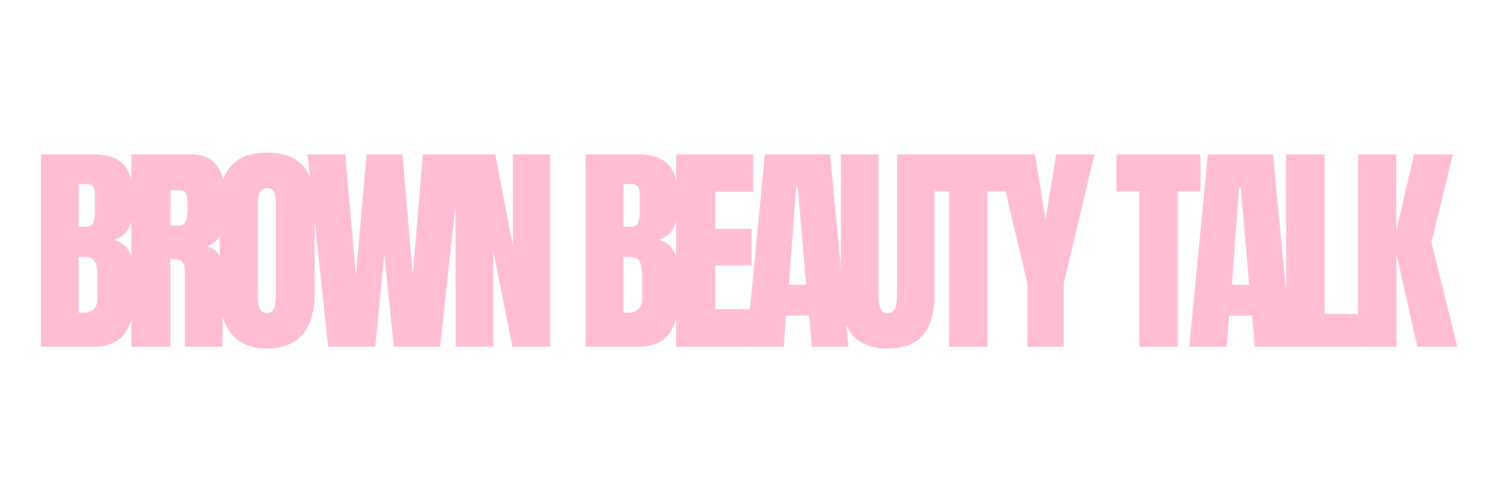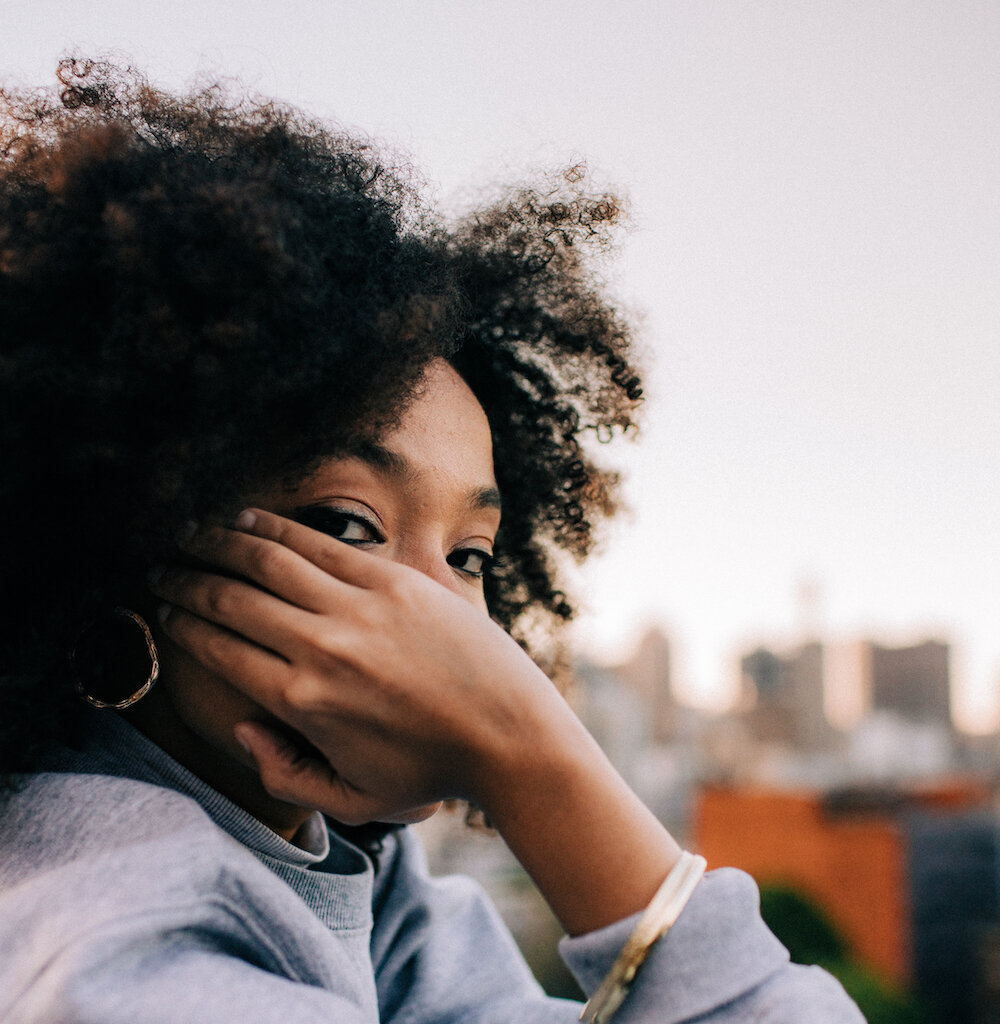The natural hair revolution has had a significant impact on the relationship Black women have with their hair. It may have originated in the 1960’s, but the movement really gained momentum in the early 2000’s with the explosion of natural hair bloggers.
This also saw the decline in the sales of relaxers and texturisers and the movement was propelled with celebrities such as Lupita Nyong’o and Viola Davis wearing their natural hair on the Red Carpet. However, hair discrimination still exists and many women are hesitant when it comes to embracing their coils especially in the workplace. This can be attributed to the lack of representation of 4C hair in the media.
Just to break it down, 4C hair is more tightly coiled and has no defined pattern. It also comes in a variety of ranges such as soft, fine, thin and coarse. Face it, the hair industry has a notorious history of subliminally telling black women that straight hair is good hair. While things have moved on we tend to see the same type of natural hair in promotional brand campaigns which is of a looser curl pattern and tightly coiled hair barely gets a look in.
In recent times hair brands have made an effort to diversify their campaigns by ensuring it features at least more Black women. Tanika Beck, natural hair blogger at MissyBeeLondon believes we still have a long way to go, ‘’Brands don’t reflect 4C hair the way they do other hair types. I’ve looked at websites and Instagram pages and different hair textures are showcased by haircare brands in other countries, particularly the US.”
Keysha Davies, former editor of Black Hair, thinks brands are taking notice, ‘’Brands aimed specifically at black women such as Cantu and ASIAM are doing a great job of celebrating the diversity of natural hair. I’d love to see mainstream brands understand the nuances of black hair and commit to featuring Black hair in all its glory.’’
Growing up in the 90’s, I never saw 4C hair represented in the media. In recent years, things have changed. Abbey Osho, owner of Salon ABV agrees, ‘’The representation is getting better thanks to some public figures like Viola Davis.’’ Through the launch of campaigns and initiatives such as Superdrug’s Shades of Beauty, young Black girls can go to a local hair and beauty store and feel represented.
Keysha adds, ‘’I still believe that 4C hair is under-represented in the media. Things are slowly changing, and I’ve been surprised to spot the odd billboard featuring black women with beautiful kinky, coily hair prior to lockdown.’’
‘‘Historically, 4C hair hasn’t been represented at all. Look at how 4C women are portrayed on TV; they are always artsy while the working professionals straighten their hair or cover it with wigs. These are very harmful stereotypes,” says Akesha Reid, Digital Editor of Hairdressers Journal.
As a generation that doesn’t shy away from using their voice, how can we ensure that the natural hair revolution is here to stay? Abbey has a few solutions, ‘’Going forward there needs to be a better understanding of the 4C hair type in terms of care and styling.’’
Overall, the negative connotations that are associated with afro hair need to be relinquished. Akesha agrees, ‘’The wording that is used to describe type 4 hair is mostly negative. You’ll often hear words such as unruly, dry, damaged and coarse. One can understand why less than favourable opinions about 4C hair would be formed.’’
The resurgence of the Black Lives Matter movement has highlighted the importance of representation once again. Black women should continue to challenge societal barriers of beauty with the hope that all afro hair types, including 4C hair will be celebrated and normalised by all.




